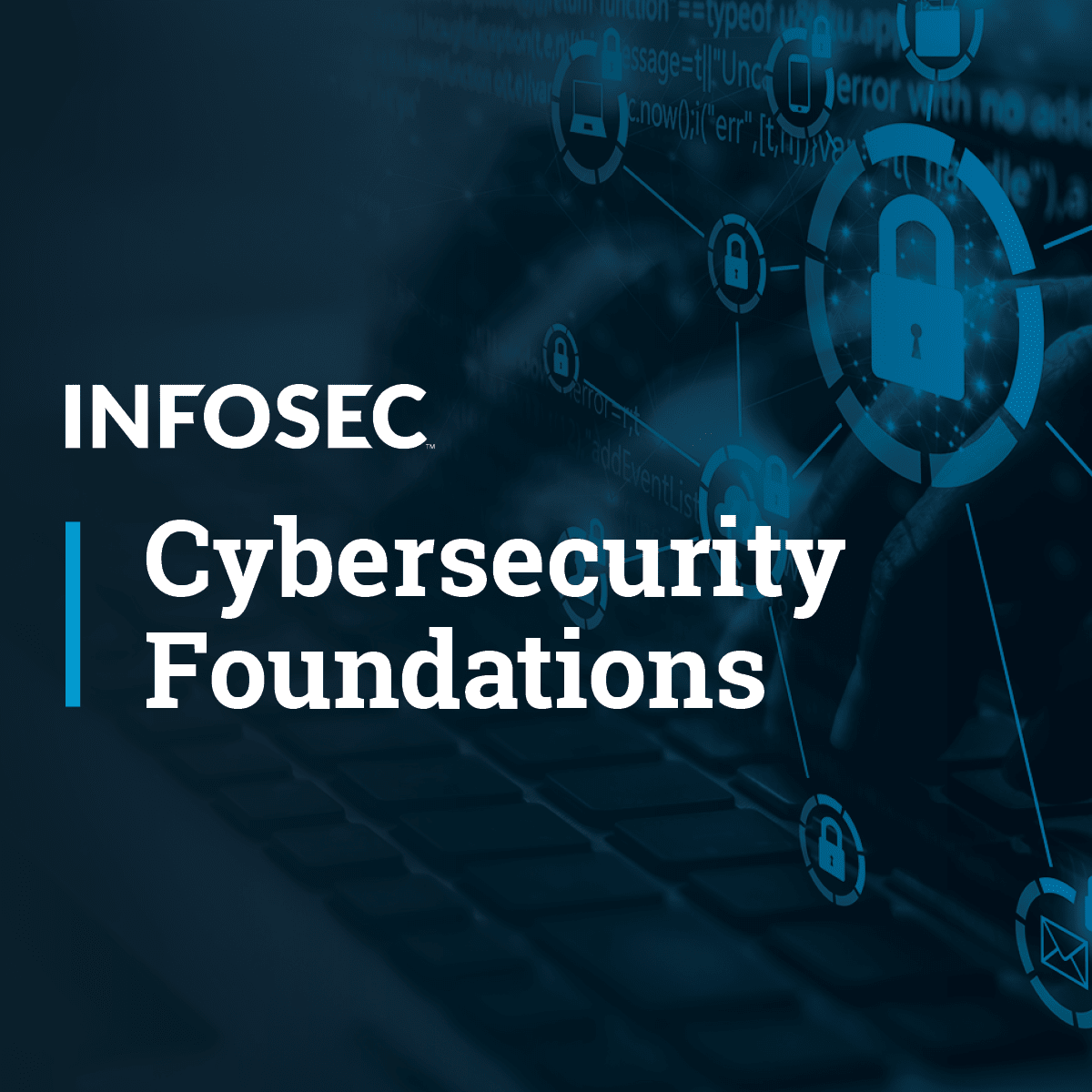Back to Courses









Security Courses - Page 11
Showing results 101-110 of 173

Ethical Hacking Essentials (EHE)
Ethical Hacking Essentials is an introductory cybersecurity course that covers ethical hacking and penetration testing fundamentals and prepares learners for a career in cybersecurity. This course will introduce learners to computer and network security concepts such as threats and vulnerabilities, password cracking, web application attacks, IoT and OT attacks, cloud computing, pentesting fundamentals, and more.
This course provides hands-on practical experience to learners thus giving them the skills necessary for a future in cybersecurity.
EHE-certified learners have an assured means of formal recognition to add to their resumes and show off their expertise and skills to prospective employers. This improves their prospects for employment advancement, higher salaries, and greater job satisfaction.
Access Controls
Welcome to Access Controls!
The Access Controls Course provides information pertaining to specify what users are permitted to do, the resources they are allowed to access, and what operations they are able to perform on a system. Access Controls help managers limit and monitor systems use at a user level or group membership. You will understand the different access control systems and how they should be implemented to protect the system and data using the different levels of confidentiality, integrity, and availability.
The Access Controls course provides information pertaining to specifying what users are permitted to do, the resources they are allowed to access, and what operations they are able to perform on a system. Access Controls help managers limit and monitor systems use at a user level, and is usually predefined based on authority level or group membership. You will understand the different access control systems and how they should be implemented to protect the system and data using the different levels of confidentiality, integrity, and availability.
Objectives
1. Describe how to implement Authentication mechanisms
2. Identify and operate internetwork trust architectures
3. Describe the process of administering identity management life cycle
4. Implement the different types of access controls (Subject/Object based)

Using Role-based Access Control in Kubernetes Engine
This is a self-paced lab that takes place in the Google Cloud console. After provisioning two service accounts to represent user personas and three namespaces for dev, test, and prod, you will test the access controls of the personals in each namespace.

Validating Policies for Terraform on Google Cloud
This is a self-paced lab that takes place in the Google Cloud console. In this lab, you will learn how to validate policies for Terraform.

Cybersecurity for Data Science
This course aims to help anyone interested in data science understand the cybersecurity risks and the tools/techniques that can be used to mitigate those risks. We will cover the distinctions between confidentiality, integrity, and availability, introduce learners to relevant cybersecurity tools and techniques including cryptographic tools, software resources, and policies that will be essential to data science. We will explore key tools and techniques for authentication and access control so producers, curators, and users of data can help ensure the security and privacy of the data.
This course can be taken for academic credit as part of CU Boulder’s Master of Science in Data Science (MS-DS) degree offered on the Coursera platform. The MS-DS is an interdisciplinary degree that brings together faculty from CU Boulder’s departments of Applied Mathematics, Computer Science, Information Science, and others. With performance-based admissions and no application process, the MS-DS is ideal for individuals with a broad range of undergraduate education and/or professional experience in computer science, information science, mathematics, and statistics. Learn more about the MS-DS program at https://www.coursera.org/degrees/master-of-science-data-science-boulder.

Blockchain: Foundations and Use Cases
This course is the definitive introduction to blockchain for both the developer and non-developer audience. Beyond the technology, this course will introduce you to some of the philosophy behind decentralization and why there is so much excitement around it. Join ConsenSys Academy and course instructor Nick Nelson in this rich-media introduction to the foundations of blockchain.
During the first three modules, you'll be introduced to blockchain and the technology behind it. In module four, we'll go beyond bitcoin and delve deeper into a next-generation blockchain called Ethereum to introduce you to what modern blockchains can do. The use cases featured in the final module are drawn from among the businesses in ConsenSys portfolio. We believe we're uniquely positioned to present you with a valuable behind-the-scenes look at the people and companies working in this space to help give you a better understanding of the business side of blockchain.
Together, we'll examine businesses use cases, hear from industry leaders, and give you the opportunity to develop and analyze a use case yourself. With this course, not only will you be the one who is able to explain blockchain to your colleagues, you'll be well on your way to making educated business decisions with your new, foundational understanding of the technology.
Systems and Application Security
Welcome to Systems and Application Security Course!
In the Systems and Application Security Course, you will gain an understanding of computer code that can be described as harmful or malicious. Both technical and non-technical attacks will be discussed. You will learn how an organization can protect itself from these attacks. You will learn concepts in endpoint device security, cloud infrastructure security, securing big data systems, and securing virtual environments.
Objectives
1. Identify malicious code activity
2. Describe malicious code and the various countermeasures
3. Describe the processes for operating endpoint device security
4. Define mobile device management processes
5. Describe the process for configuring cloud security
6. Explain the process for securing big data systems
7. Summarize the process for securing virtual environments

Introduction to Cybersecurity Foundations
Most introductory or beginner level cybersecurity courses are not truly beginner level. Most of them assume some level of technical competence and expect that cybersecurity is not your first technical job role. However, as I've successfully mentored people coming from fields such as nursing, aviation (an airline pilot!), and real estate, I've learned that these people are underserved as far a true introduction. This Learning Path is an answer to that gap.

Network Defense Essentials (NDE)
Network Defense Essentials covers the fundamental concepts of information security and network defense. This introductory cybersecurity course is designed for today's entry-level information security or cybersecurity careers and is ideal for learners aspiring to pursue a career in cybersecurity.
The course gives a holistic overview of the key components of Information Security such as Identification, Authentication and Authorization, Virtualization and Cloud Computing, Wireless Networks, Mobile and IoT Devices, and Data Security. The interactive labs component of this course ensures that learners receive the hands-on, practical experience required for a future in cybersecurity.
NDE-certified learners have an assured means of formal recognition to add to their resumes and show off their expertise and skills to prospective employers. The purpose of the NDE certification is to recognize the competency and expertise of a professional in network defense and information security skills, thereby adding value to their workplace and employer.

Management
This course will introduce you to cybersecurity leadership and management. Drawing on industry standards, frameworks and models, you will explore the key objective elements of cybersecurity leadership.
Cybersecurity leadership and management are two high-level competences required to successfully administer a cybersecurity division that produces the essential level of security, trust and stability (STS) demanded by an organization. Although leadership and management are prerequisite expertise for all information systems security officers (ISSO) and/or chief information security officers (CISO), they must always be intentionally cultivated. Using industry standards, frameworks and models as guidance, this learning path will focus on the key objective elements (KOE) by discussing the information security strategies' alignment with the organizational strategy, regulatory systems and operational excellence.
Popular Internships and Jobs by Categories
Browse
© 2024 BoostGrad | All rights reserved


